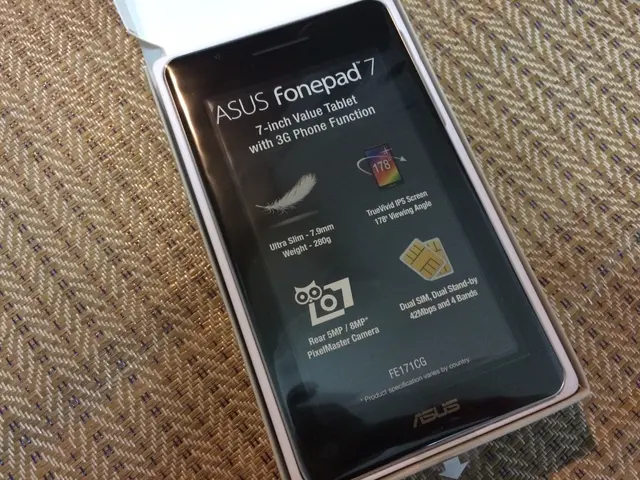A Potential Shift: Overhead Lines for Power Grids Instead of Underground Cables? Let's Dive In
Choosing overhead power lines over underground cables: The potential consequences to consider - Free-standing electric lines as an alternative to traditional ground cables.
Ever pondered about the switches in power grid expansion, and the big question: overhead lines or underground cables? We're taking a look at the debate from all angles. Here's the lowdown.
The Big Money Question
Tim Meyerjürgens, CEO of Tennet, the power grid operator, puts forth an intriguing perspective: by going with overhead lines instead of underground cables for the next major three planned new lines - OstWestLink, NordWestLink, and SudeWestLink, up to 20 billion euros could be saved! This transition could result in a reduced network charge by one cent per kilowatt-hour, offering a significant relief to industries, commerce, and households.
What Does the Federal Network Agency Say?
A spokesperson from the Federal Network Agency acknowledges the cost advantages of overhead lines but points out one snag: the delay in planning projects previously slated for underground cables.
Underground Cables: Priority and Concerns
The focus on underground cables is rooted in the energy transition and the expansion of renewable energies. With thousands of kilometers of new power lines planned to transport wind energy, since 2016, there's been a priority for underground cables for major "power highways." This move was intended to increase the population's acceptance of network expansion and mitigate fears about "monster routes."
The Controversy Unfolds
In a joint paper by transmission grid operators Tennet, TransnetBW, and 50Hertz, there's a call for a change of course. They contend that using underground cables hasn't resulted in the anticipated greater acceptance, and they advocate for a shift in direction.
Coalition Announcements
In the coalition agreement of CDU, CSU, and SPD, there's an affirmation that newly planned high-voltage direct current transmission networks (HVDC) should be implemented as overhead lines "where possible." This move is projected to make network expansion more efficient.
The Amprion Perspective
Christoph Müller, CEO of Amprion, the fourth major power grid operator, emphasizes the importance of determining necessity before the technology debate. Amprion questions the wisdom of abolishing the priority for underground cables without creating a new priority for overhead lines.
The Approval Gap
It's worth noting that OstWestLink, NordWestLink, and SudeWestLink weren't part of the Federal Requirements Plan before the February federal election, preventing the approval process from commencing by June 30 under the EU emergency regulation.
Project Specifics
The OstWestLink aims to transport green energy from Lower Saxony to Saxony, NordWestLink to transport wind energy in Schleswig-Holstein and Lower Saxony, and offshore wind energy in the North Sea to Baden-Württemberg, and SudeWestLink to strengthen transmission capacity between Schleswig-Holstein and southern Germany.
The Environmental Elephant in the Room
Every kilometer of underground cable instead of an overhead line may cost around 10-20 million euros more. While overhead lines are generally cheaper and simpler to install, they have significant visual impacts and could interfere with wildlife habitats. Underground cables, on the other hand, offer environmental benefits but are more expensive to install, with challenges in repairs and maintenance. The choice between these options will likely depend on specific circumstances and whether the trade-off in costs, technical feasibility, and environmental impact meets the needs of each project.
Stay tuned for updates as Germany wrestles with this significant decision for the future of its power grid!
The potential shift towards overhead lines for power grid expansion could lead to significant savings, up to 20 billion euros, according to Tim Meyerjürgens, CEO of Tennet. This could result in a reduced network charge, offering relief to industries, commerce, and households.
On the other hand, the focus on underground cables stems from the energy transition and the expansion of renewable energies, particularly for major "power highways." Underground cables are favored for their potential to increase the populace's acceptance and mitigate worries about "monster routes," despite being more expensive to install compared to overhead lines.




